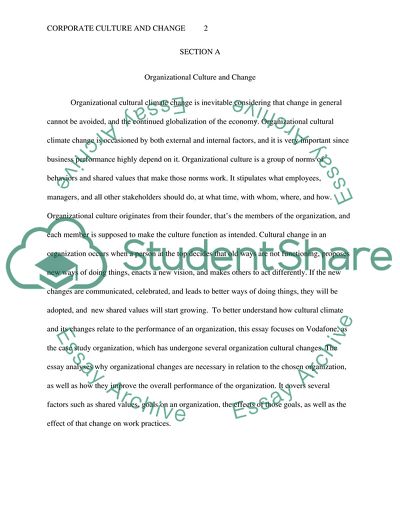Cite this document
(“Corporate culture and change Essay Example | Topics and Well Written Essays - 2250 words”, n.d.)
Corporate culture and change Essay Example | Topics and Well Written Essays - 2250 words. Retrieved from https://studentshare.org/sociology/1672157-corporate-culture-and-change
Corporate culture and change Essay Example | Topics and Well Written Essays - 2250 words. Retrieved from https://studentshare.org/sociology/1672157-corporate-culture-and-change
(Corporate Culture and Change Essay Example | Topics and Well Written Essays - 2250 Words)
Corporate Culture and Change Essay Example | Topics and Well Written Essays - 2250 Words. https://studentshare.org/sociology/1672157-corporate-culture-and-change.
Corporate Culture and Change Essay Example | Topics and Well Written Essays - 2250 Words. https://studentshare.org/sociology/1672157-corporate-culture-and-change.
“Corporate Culture and Change Essay Example | Topics and Well Written Essays - 2250 Words”, n.d. https://studentshare.org/sociology/1672157-corporate-culture-and-change.


